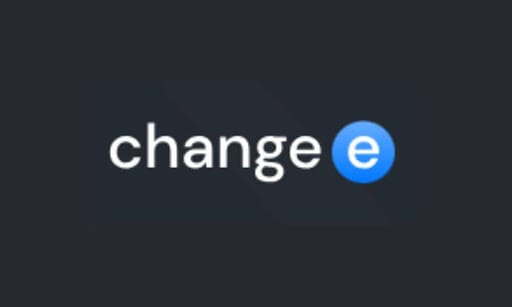Blockchains will stop competing on which is superior and will focus on customer satisfaction

In the ten-plus years Bitcoin and cryptocurrencies have existed, the debate has been based on the blockchain’s potential and how it can help solve many problems that existed, especially in the financial world. It has become clear the technology isn’t perfect within the period and has a long way to go before it’s efficient enough to serve the masses.
Like any other product, the first version encompasses the idea and the creators’ vision, but it doesn’t necessarily have to be perfect. For the blockchain, this is very true. The technology tries to decentralize various sectors that have been centralized regarding how they operate, like finance, healthcare, supply chains, voting systems, and any other centralized system you know of. But this is something that hadn’t been done before for the hundreds of years these systems had existed.
In fact, creating a digital currency was something that had been tried without success until Satoshi Nakamoto came around with Bitcoin. The problem was creating digital money that people wouldn’t duplicate just like they would a digital file. Nakamoto was able to achieve this goal and in a decentralized manner thanks to the blockchain, which gave the participants equal power and control over their assets.
First-Generation Blockchain
By coming up with the blockchain, which used the Proof of Work (PoW) mechanism allowing miners to govern and validate transactions on the network Nakamoto was able to solve the double-spending problem and secure the network. But, this first-generation blockchain had flaws of its own. For consensus to be reached on the network among various governing nodes, at least ten minutes are required. This makes it highly unscalable for mass usage, let’s say by merchants who have to serve many customers at a go. Additionally, the PoW mechanism is energy-intensive, which isn’t good for the environment.
These problems were apparent early, and other blockchains began popping up trying to resolve the first-generation blockchain’s shortcomings. These new networks sought to move away from the Proof of Work (PoW) to the Proof of Stake (PoS) mechanism of reaching consensus. The latter uses less energy and allows for transactions to be done much faster than Bitcoin, and even allowed smart contract support. Ethereum is an example of a blockchain working towards this but has a long way to go.
Shortly after Ethereum came along, Cardano popped up, claiming to be a third-generation blockchain that improves on the first and second-generation blockchains. As you can imagine, Cardano offers more functionality than Bitcoin or Ethereum, but the problem is, it has been in development for years, and still, there is no clear goal in sight.
Rise of Solution Oriented Blockchains
In retrospect, it feels like innovators forgot what the blockchain was invented to do, which is solve real problems for the people, and it became a battle for who has the superior blockchain. Thankfully, a few projects today are trying to uphold the vision of Nakamoto, like LCM Science, which places the practical usability of its product by the customer above the superiority of its blockchain.
The blockchain is built on a simple philosophy, which is
“every consumer has the right to live a better life by the supply of the fine-quality product. Now it is an era that public interest in healthcare is growing time by time, and we are emphasizing social value and responsibility to decrease victims under the products made of harmful ingredients.”
The blockchain-based LCMS serves as a customer database management and provision platform that allows for information sharing, which aids product development. Most of the emphasis is put on the customer, with feedback crucial for improving the final product. There is also a blockchain-based sales structure and big data-based customer data analysis. The platform collects customers’ ideas on how products can be improved and utilizes the data to improve various products on offer. For the effort, these customers are rewarded using the platform’s LCMS coin.
The token serves as a utility token on the platform, and on top of rewards, it can be used for donations and conducting transactions on LCMS at discounted rates.
LCMS is one example of a blockchain platform that is thinking of the customer first and taking their opinion on how to improve various products before implementing the feedback to offer something that specifically caters to their needs. The kind of thing that innovators need to do first before developing complex products, which probably don’t have much use case in the real world.
Check our guide of the most promising crypto




